2017-04-21 By Robbin Laird
During my recent visit to Australia, I had a chance to talk with Wing Commander Steven Bradley, Deputy Director Air Combat Transition Office, which is located in Canberra at Brindabella Park close to the airport.
Last year, I visited Williamtown where the initial facilities for the F-35 are being built.
https://sldinfo.com/visiting-the-raaf-williamtown-air-base-preparing-for-the-future-and-remembering-the-past/
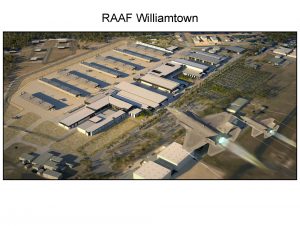 RAAF Williamtown F-35 facilities in process of construction. Credit: RAAF
RAAF Williamtown F-35 facilities in process of construction. Credit: RAAF
And last month, visited RAF Marham where the F-35 facilitates are being built for the UK, and at RAF Lakenheath where F-35 facilitates for the USAF are being built.
During the visit to RAF Lakenheath, the point was driven home about the importance of cross-learning with regard to standing up F-35 facilities world wide.
Lt. Col. Vause: The cross learning is very important as we stand up our facilities here at Lakenheath.
We are visiting a number of facilities to see what their lessons learned are, and we then apply them directly to our standup here at Lakenheath.
Recently, we visited Yuma, Luke, Hill and Eielson to see what they have done and are doing in setting up or operating their F-35 facilities.
https://sldinfo.com/raf-lakenheath-prepares-for-the-future-usaf-f-35as-and-f-15s-combine-with-raf-capabilities-to-provide-a-21st-century-deterrent-force/
The UK is training its initial squadron in the United States and that squadron will then transition to Marham.
Similarly, the RAAF is training its pilots and maintainers in the United States and then the first squadron will be stood up at Williamtown.
Both the RAF and the RAAF will then stand up their remaining squadrons based on the use of their own newly built facilities respectively in Marham and Williamtown.
The Arrival in Australia of the First Australian F-35s from SldInfo.com on Vimeo.
But the cross-learning will continue as US and allied F-35s operate with the RAF and the RAAF from their bases.
And cross learning across the services will be a high priority for both the RAF and the RAAF, although the senior service leaders in Australia have really hammered home the point that the F-35s flown by the RAAF will learn joint from the outset.
In other words, there are several transitions which will go on throughout the standup of the F-35 in Australia.
First, there is the transition from the US to Australia.
Second, there is the transition at Williamtown where the first operational squadron the second squadron, which is to be a training squadron, will spawn.
Third, there is the transition associated with the IOC of the F-35 in Australia, during which the RAAF will operate throughout Australia with the services getting a good initial look at the aircraft.
Fourth, there is the interactive transition where Aussie F-35s fly throughout the region and beyond and cross learn with other global F-35 partners and US and allied F-35s operate in Australia and learn from the Aussies with regard to the evolving approach to joint integration.
In other words, because the F-35 is being stood up at the same time in many allied countries as in the United States cross learning is built into the standup and initial operating experiences.
Put bluntly, cross learning with regard to next generation high intensity operations is built in, whereby the U.S. will learn as much from allies as the other way around.
During my discussion with Wing Commander Steven “Rooster” Bradley, we discussed the transition process and his sense of the impact of the F-35 on the force.
Question: How important has been your engagement at Luke in standing up your initial F-35 squadron?
Wing Commander Bradley: The pilot training center at Luke has been crucial for us.
Our first squadron is not a training squadron but an operational one, therefore we have focused our initial training efforts in the United States on generating the required number of pilots, maintainers and support personnel necessary to declare Number 3 Squadron operational in 2020.
The second squadron that we will stand up at Williamtown will be Number 2 OCU, or Operational Conversion Unit, which is the school where we will train our pilots and maintainers.
Once we have our school up and running, we’ll then look to transition our last two Classic Hornet squadrons, which are 77 Squadron and then 75 Squadron.
The transition is quite aggressive with each of the squadrons transitioning from the classic Hornet to the F-35 in a 12-month period.
When you look at other F-35 users and the stand-up rate for squadrons, they typically take around the 24-month mark to convert a squadron.
Question: So you are looking to innovate with regard to the US approach, which means in turn that as you learn how to shorten the process that learning approach could be available to the US or other allies for that matter?
Wing Commander Bradley: There may be the opportunity to share our training processes and procedures with other F-35 operators in the future, however that’s not our focus.
We will be concentrating our resources on the standup of 2 OCU and the generation of a training syllabus that meets our requirements.
We will then shape and refine the process to ensure that the remaining squadrons can transition efficiently.
We face a major challenge in that we are not going to shut down a Hornet squadron and then set aside time to transition; we have to keep the squadron operational while we transition to the new F-35 squadron.
That is a challenge, which we need to meet.
We have trained five pilots to date at Luke and our 6th, who is the first squadron commander for 3 Squadron, is just about to depart from Australia and start his training.
Wing Commander Darren Clare has both a Super Hornet and Classic Hornet background, and we have a mix pilots who have flown both types in our first squadron construct.
Question: As you bring your first squadron and prepare for IOC, presumably you be flying in Australia and different services will see the plane as well?
Wing Commander Bradley: That is right.
The first aircraft will arrive at the end of next year.
We will then have 2019 and 2020 to work towards Initial Operating Capability in Australia.
We will be putting the F-35 through its paces in the Australian environment.
Our overall verification and validation process will happen in that two-year period.
We’re basically examining every aspect of the F-35 system in the Australian environment and during that time, we will be working with army and navy as well.
By the end of 2023, we aim to have all three F-35 squadrons online and operational as well as the training school.
Question: How important is this transition for Australia?
Wing Commander Bradley: It is crucial.
We are looking at a very different kind of aircraft and a different kind of combat capability with the F-35 compared to our legacy fleet of Hornets and Super Hornets.
We had a saying as fighter pilots when talking fourth generation tactics which is – speed is life and more is better.
In a fourth gen fight, if I could get higher and faster more quickly than the adversary, I would give my weapons more energy and I could launch my weapons first. If I achieve a first launch, then chances are I’ll survive.
That’s a simplistic look at 4th generation tactics but that was why speed was so important back in the day.
A lot of people are still hanging onto that concept.
Whilst speed is still a factor in a 5th generation environment, the whole mindset has shifted to now ‘information is life, and more is better’.
The information dominance of this particular platform is purely outstanding.
We’ve seen in this most recent Red Flag where F-35As were participating for the first time, that even if the F-35s had dropped all their weapons and had fired their missiles, they were still remaining inside the airspace to provide situational awareness to the rest of the participants in that force.
The information gathering and information sharing capabilities of this aircaft are so far advanced compared to anything else out there.
The information sharing capability of the platform is purely outstanding.
Knowing exactly what’s going on in the battlespace at any one particular time is the key to success and the key to survival in a 5th generation fight.
In a fourth generation world, I had to manipulate multiple sensors to be able to do that.
I had to take my radar display, and other displays and work integration in my head while flying the aircraft.
I had to take in communications from our controllers.
I had to take in communications and data from a wingman to build the picture until my platform was in a position where I could see the adversaries.
I don’t have to do that anymore, because of the data fusion capabilities of the F-35, which provides extraordinary situational awareness to the pilot.
Question: You are also focusing in your description on the need to have multiple support assets flying with you to support your strike mission as well?
Wing Commander Bradley: There’s no actual requirement, as such, to fly with multiple support assets, as the F-35 can operate successfully without them.
Having said that, by executing in this fashion you won’t necessarily get the most out of F-35 system.
Flying with support systems such as E-7A Wedgetail, EA-18G Growler or the Air Warfare Destroyers in a maritime sense, ensures that the F-35 system is functioning as efficiently and effectively as possible, meaning that you are getting the most out of it.
This therefore results in the overall mission risk being lower and chance of survival and victory, being considerably higher.
In a fourth generation world, we would always deploy a minimum of two aircraft in relatively close proximity to each other.
That was because our radars were simply not powerful enough as a single entity to cover the entire airspace.
I’d have one radar effectively looking low, the wingman’s radar looking high, and we combine our data there to build the picture.
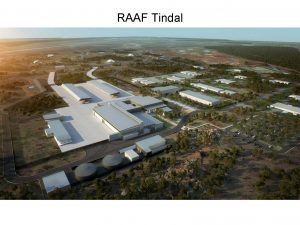 RAAF Tindal F-35 facilities in process of construction. Credit: RAAF
RAAF Tindal F-35 facilities in process of construction. Credit: RAAF
Basically, there’ll be times where I didn’t necessarily see a particular contact until I was about to employ a weapon against that contact.
The big difference now is, with F-35, I see virtually everything in the airspace.
It’s positively identified as a friend, foe, or neutral, which allows me to put myself into a more advantageous position earlier on in the fight.
That’s the part where people don’t quite understand the true capabilities of the F-35.
I know exactly what’s going on in the battlespace all of the time.
The critics will often fail to take into consideration the evolution of the threats as well, some on a very, very rapid timeline.
Basically, the development of those potential threats means that in the near future, fourth generation platforms, even four and a half generation platforms, will be effectively targeted at longer range and placed at a higher risk.
You need the capabilities of the F-35 to counter these potential threats.
If people are looking at this particular airplane in Australia’s instance as simply a classic Hornet or Super Hornet replacement, then they’re wrong.
This is the introduction of an entirely new system, a system which can be a catalyst for the entire Australian Defense Force to move to an entirely new level in warfighting capabilities.
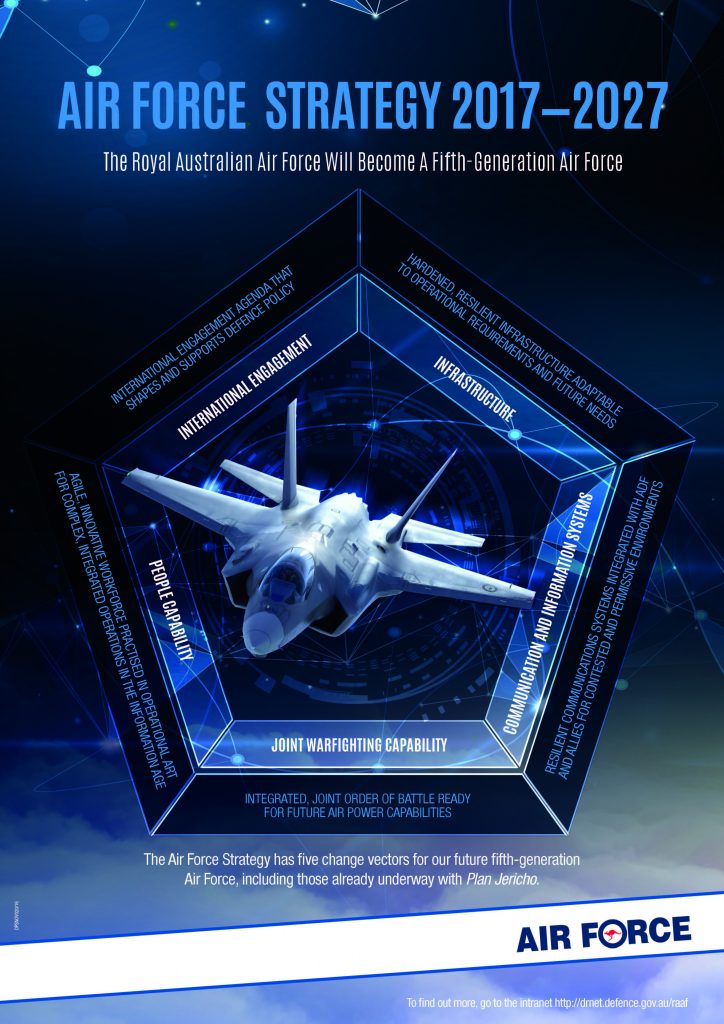


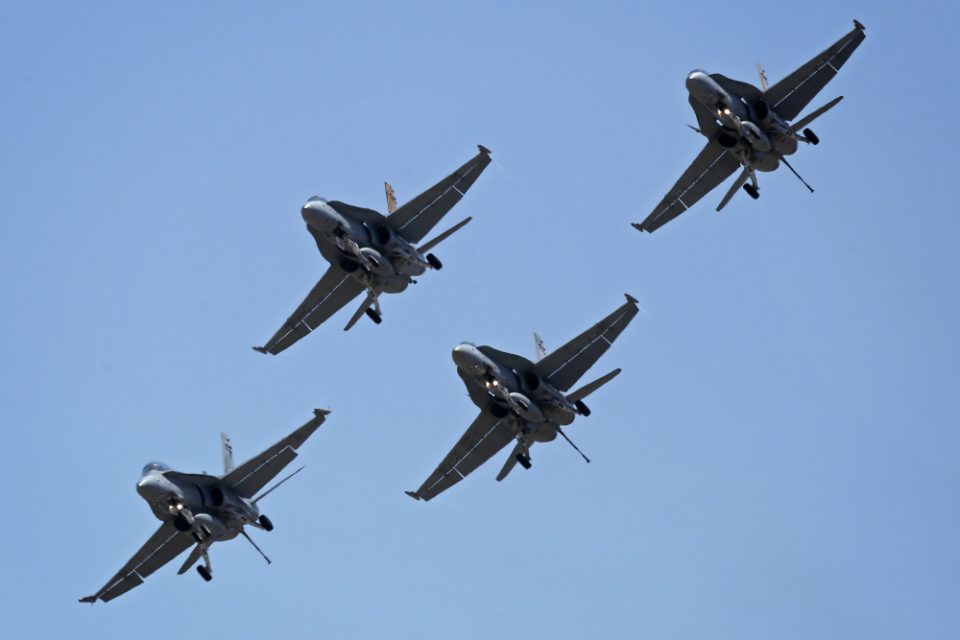
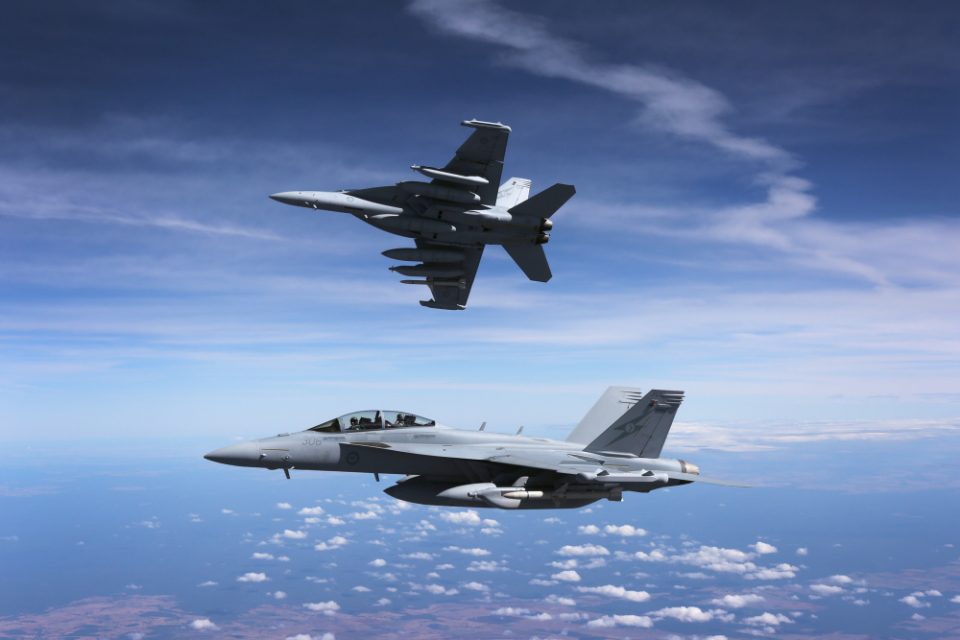
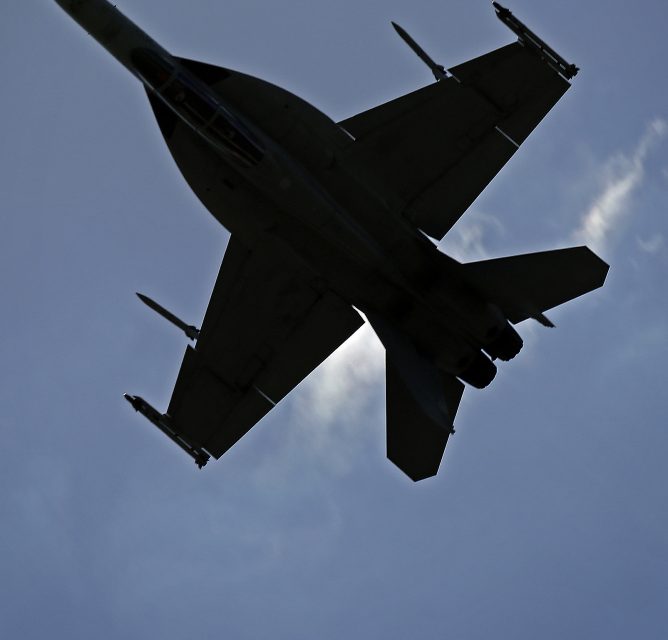
 RAAF Williamtown F-35 facilities in process of construction. Credit: RAAF
RAAF Williamtown F-35 facilities in process of construction. Credit: RAAF RAAF Tindal F-35 facilities in process of construction. Credit: RAAF
RAAF Tindal F-35 facilities in process of construction. Credit: RAAF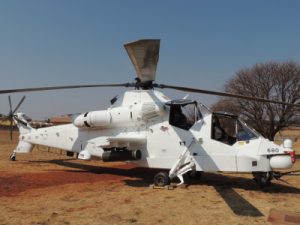
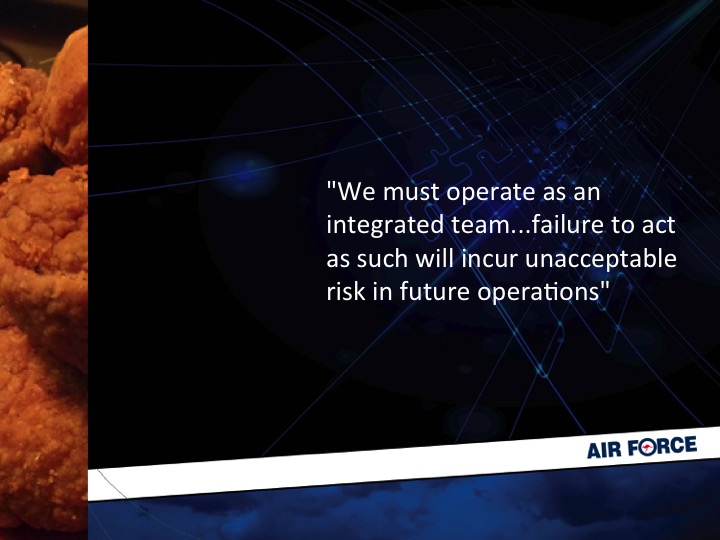 Slide from Presentation by Air Commodore Chipman, Williams Foundation Seminar, April 11, 2017
Slide from Presentation by Air Commodore Chipman, Williams Foundation Seminar, April 11, 2017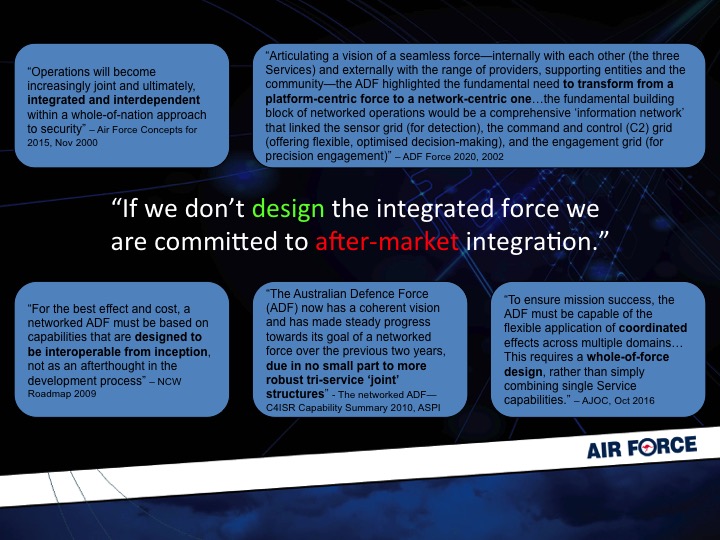 Slide from Presentation by Air Commodore Chipman, Williams Foundation Seminar, April 11, 2017
Slide from Presentation by Air Commodore Chipman, Williams Foundation Seminar, April 11, 2017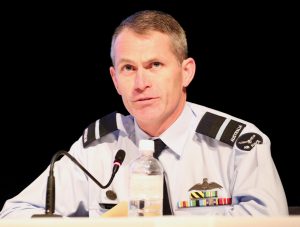 Air Commodore Robert Chipman, Williams Foundation Seminar on Force Integration, April 11, 2017
Air Commodore Robert Chipman, Williams Foundation Seminar on Force Integration, April 11, 2017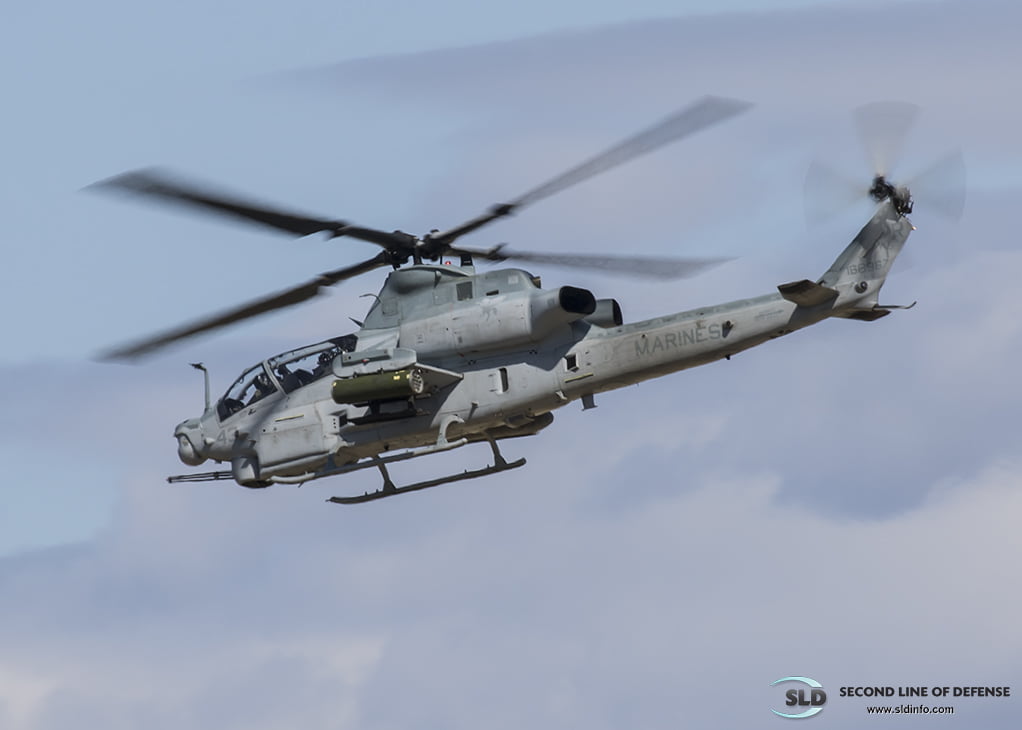
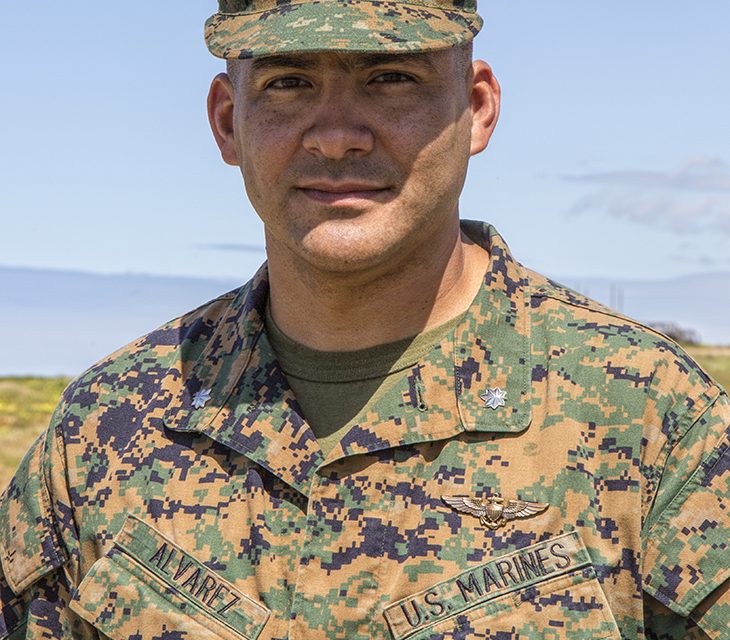
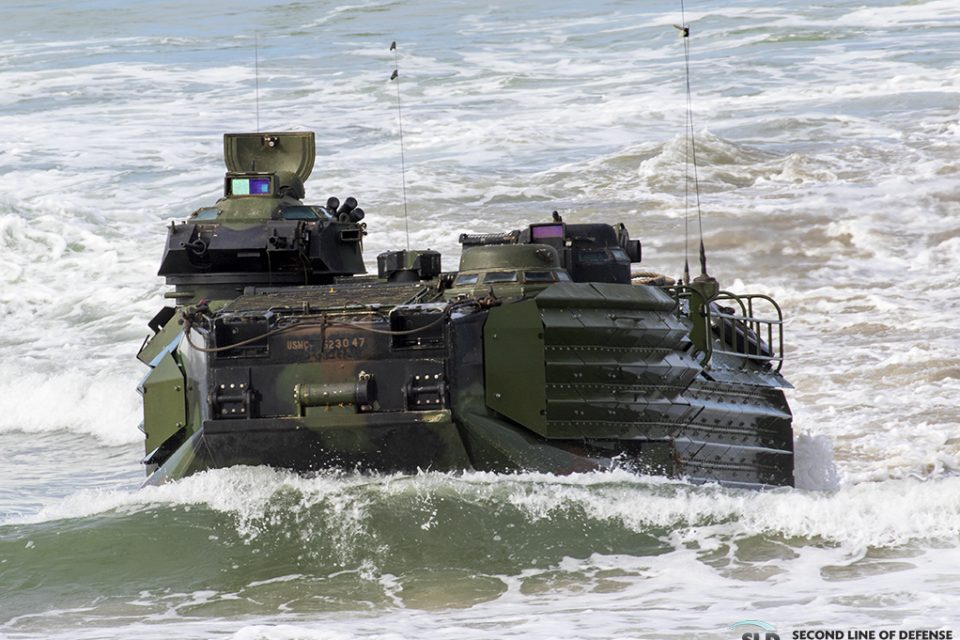
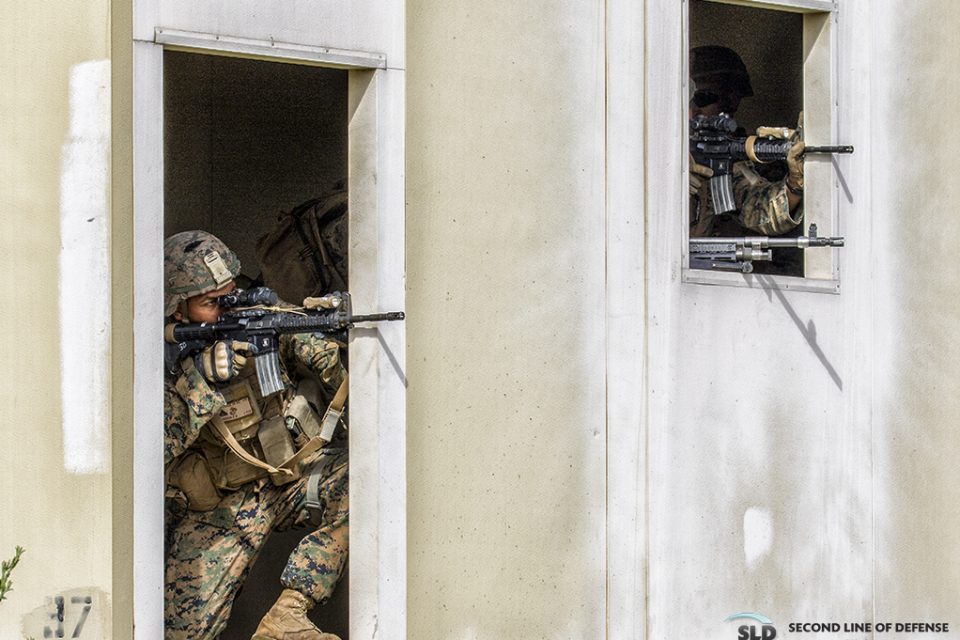
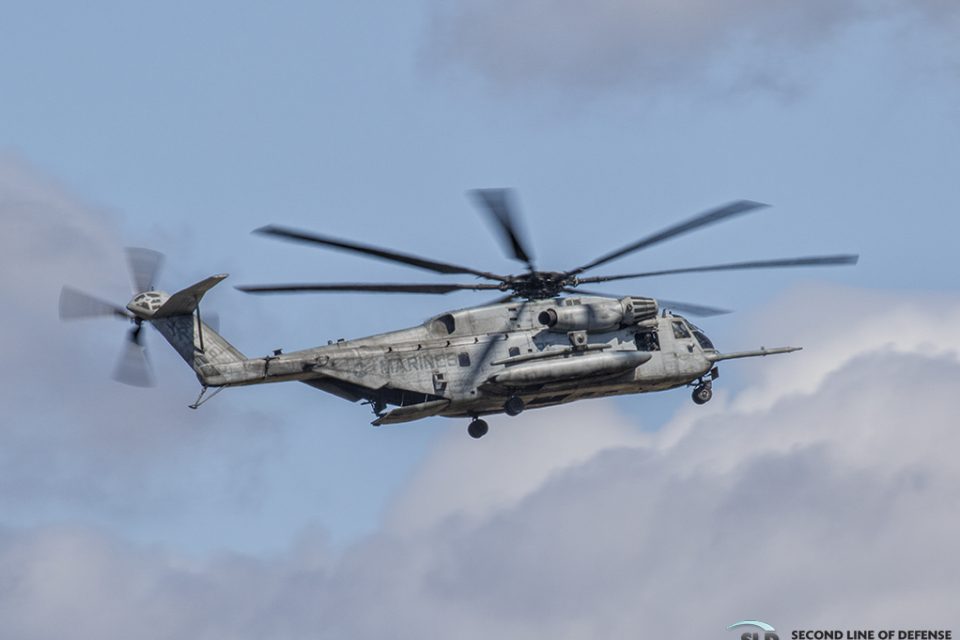
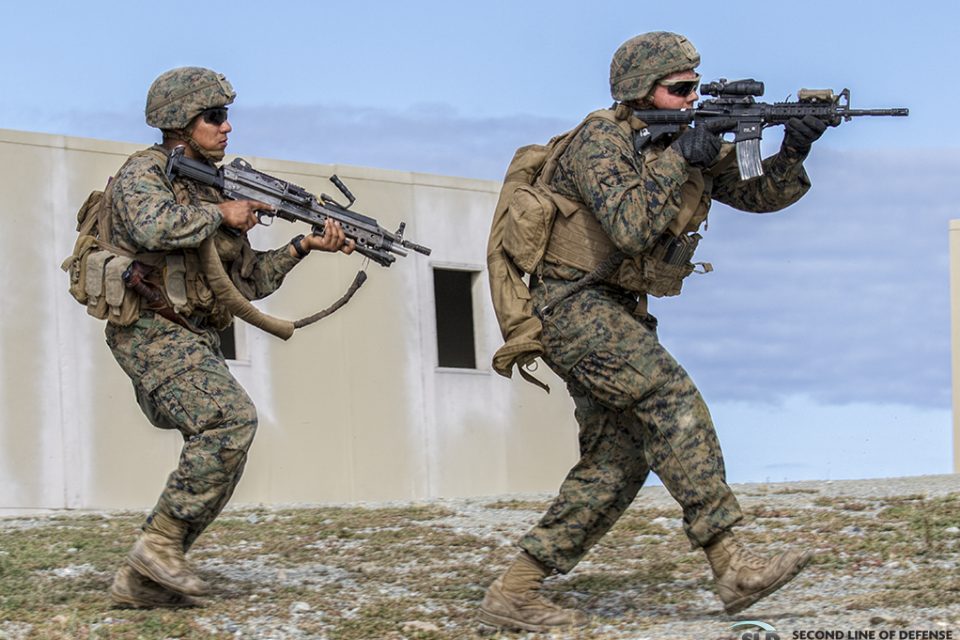
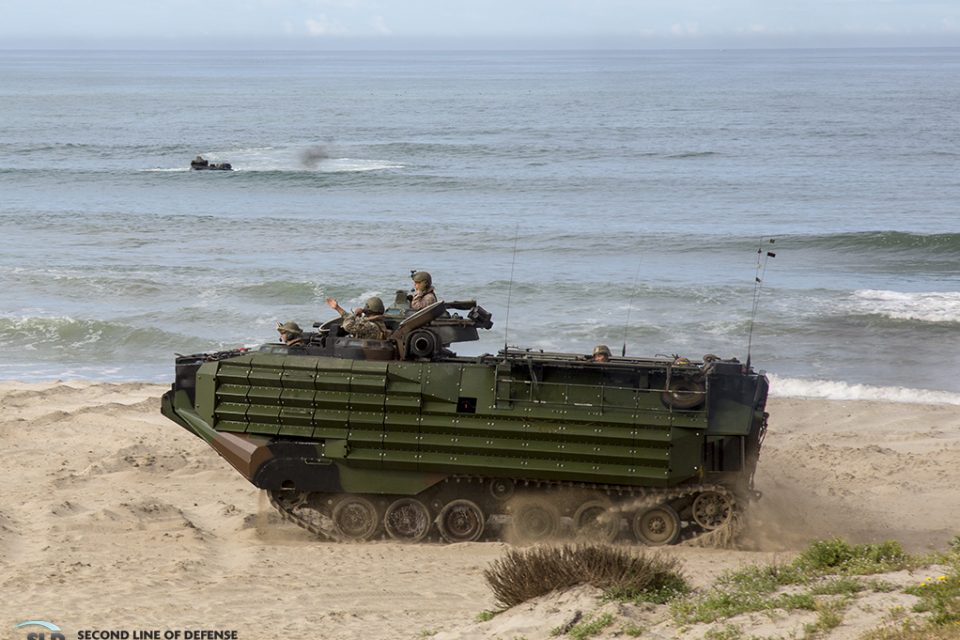
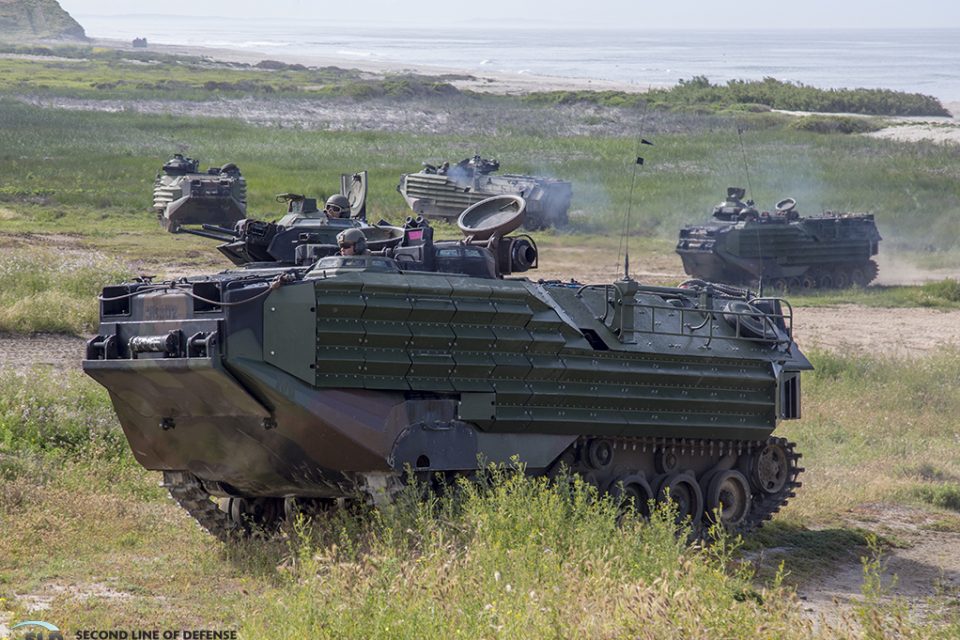
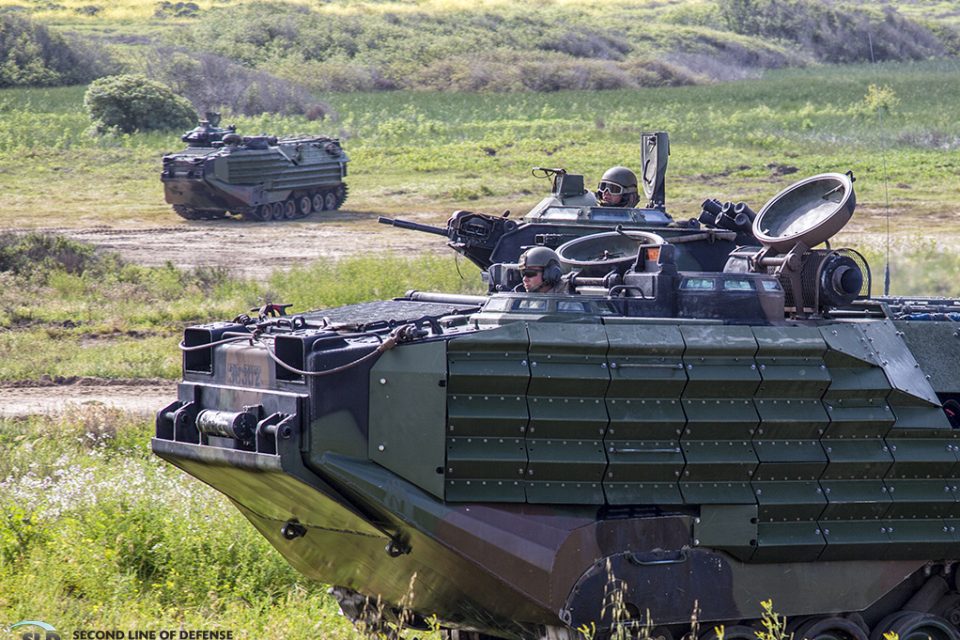
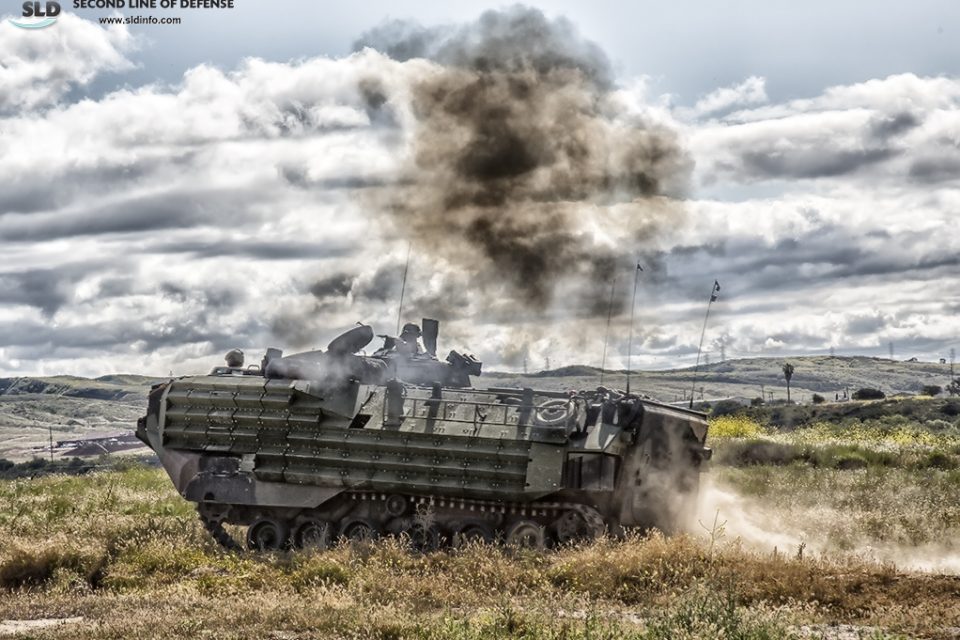
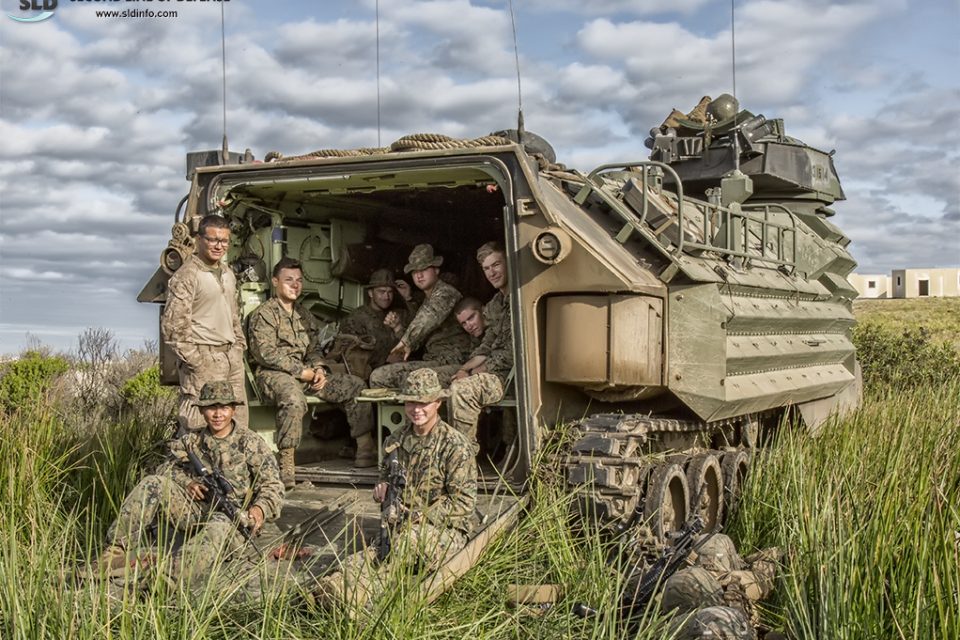
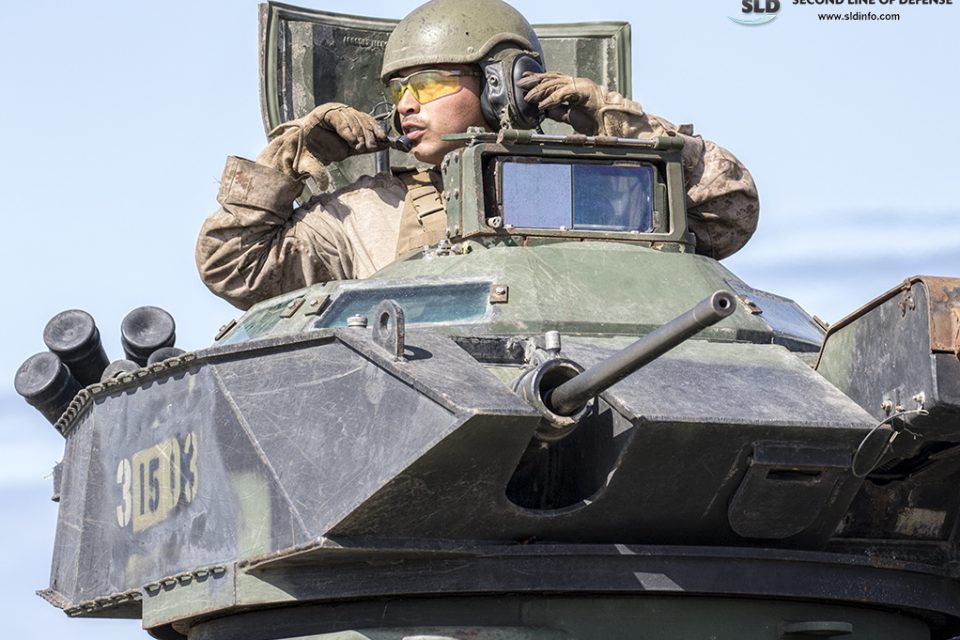
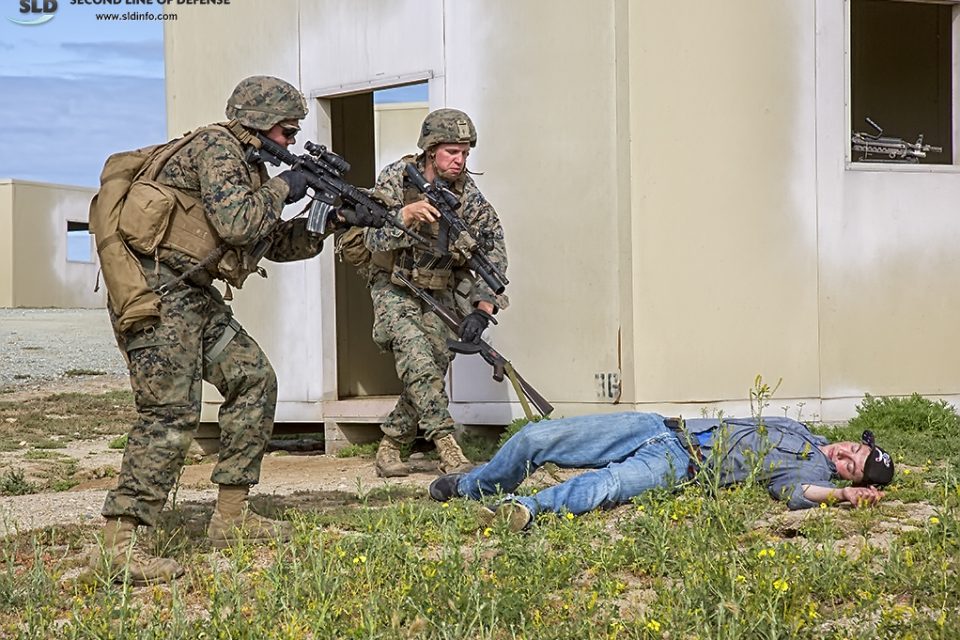
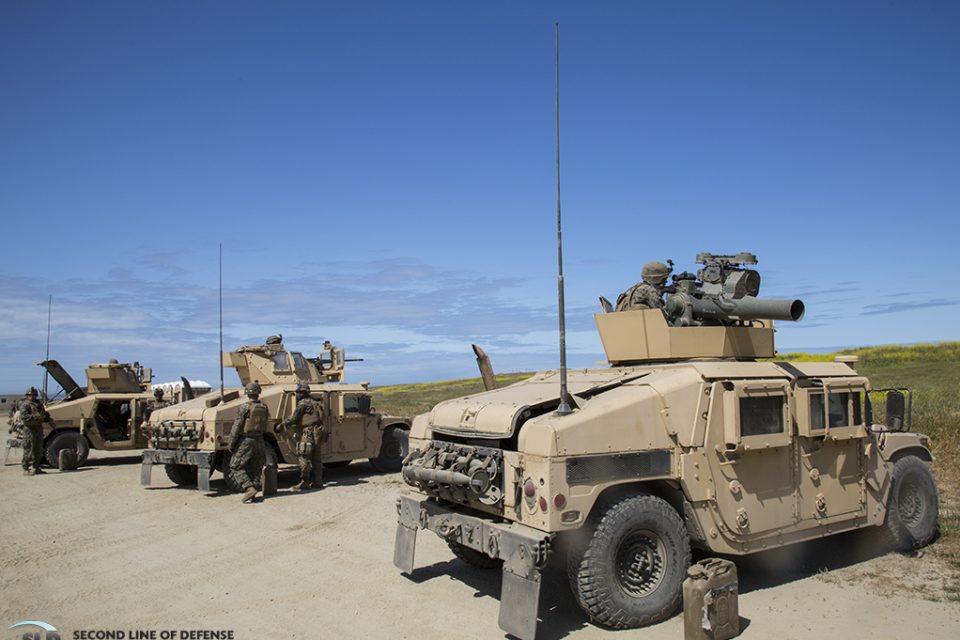
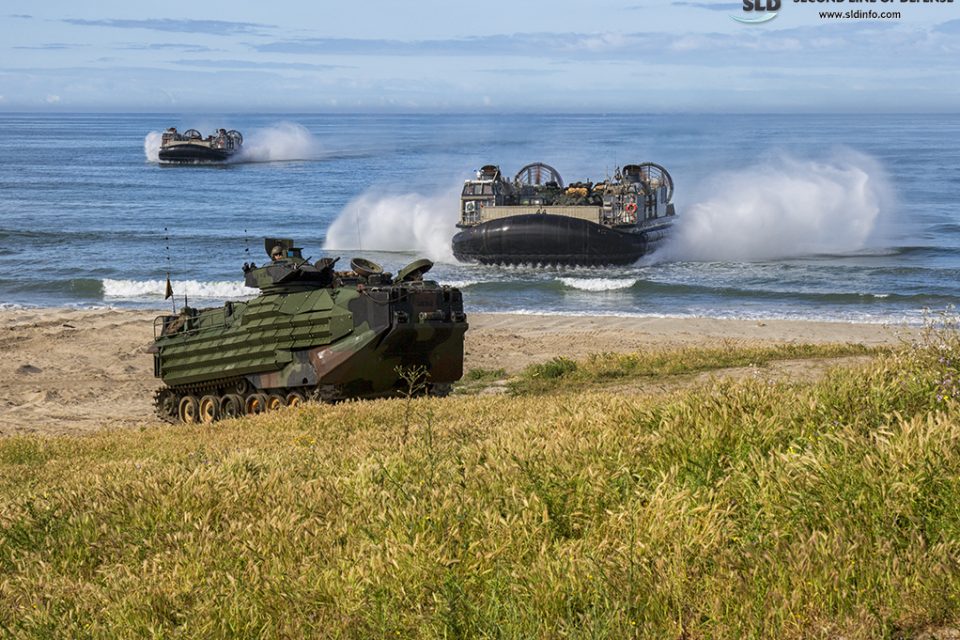
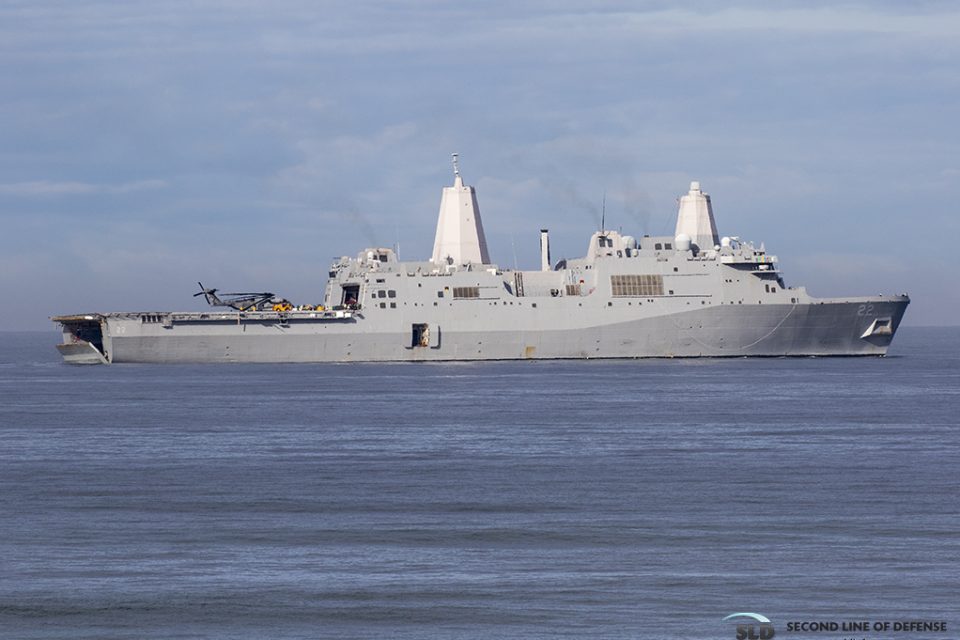
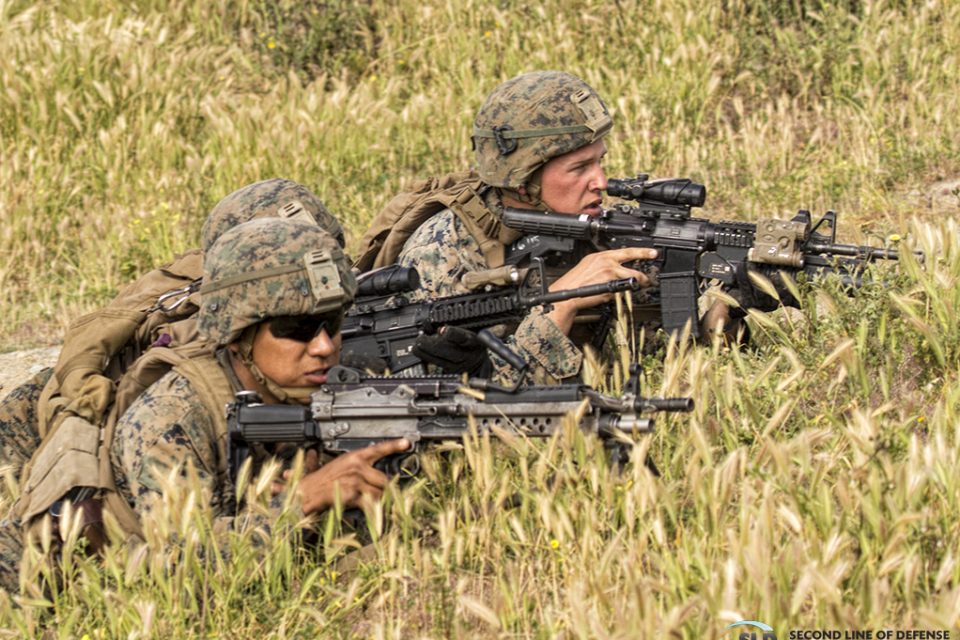
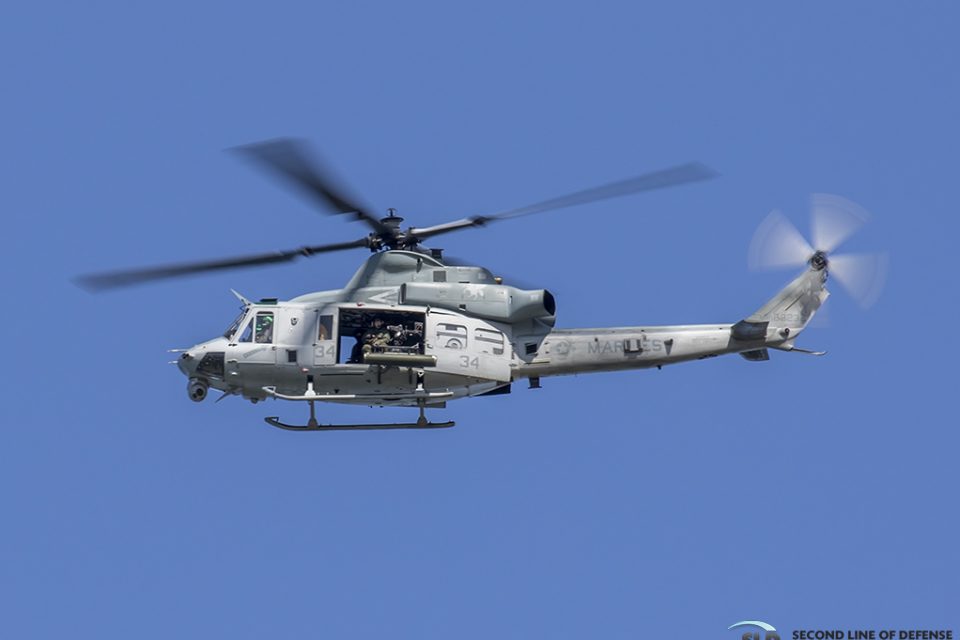
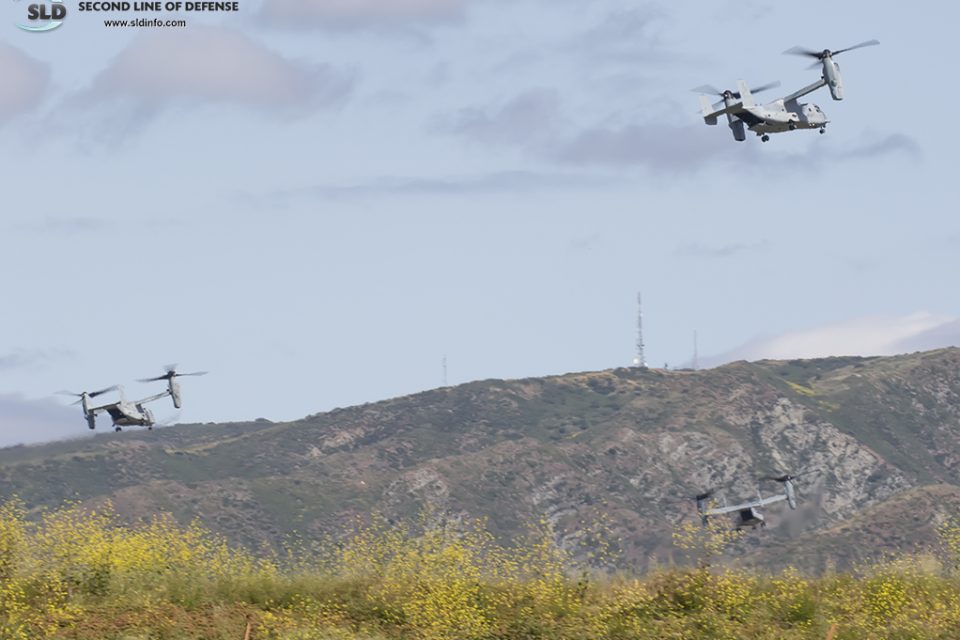

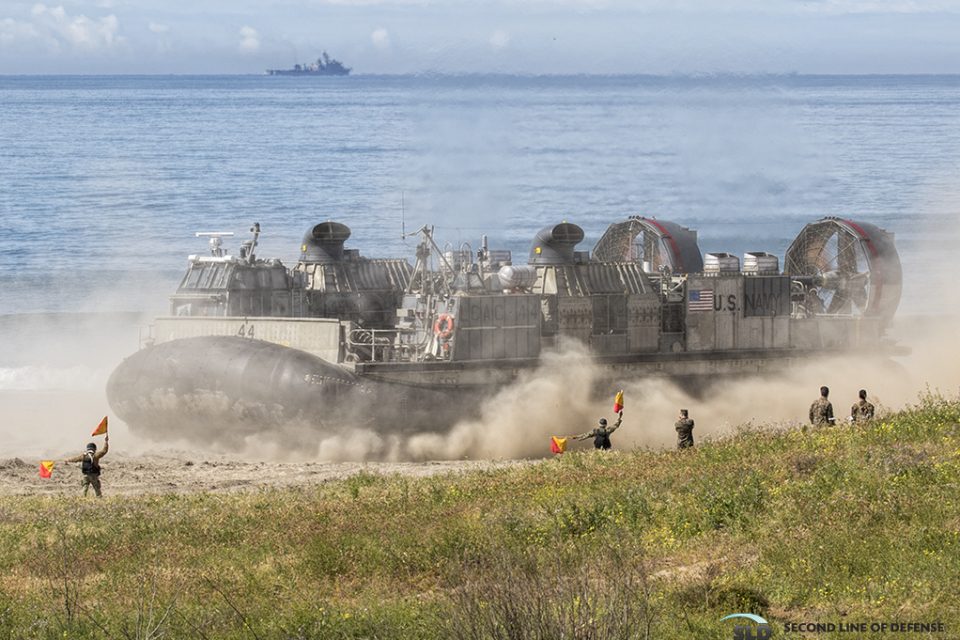
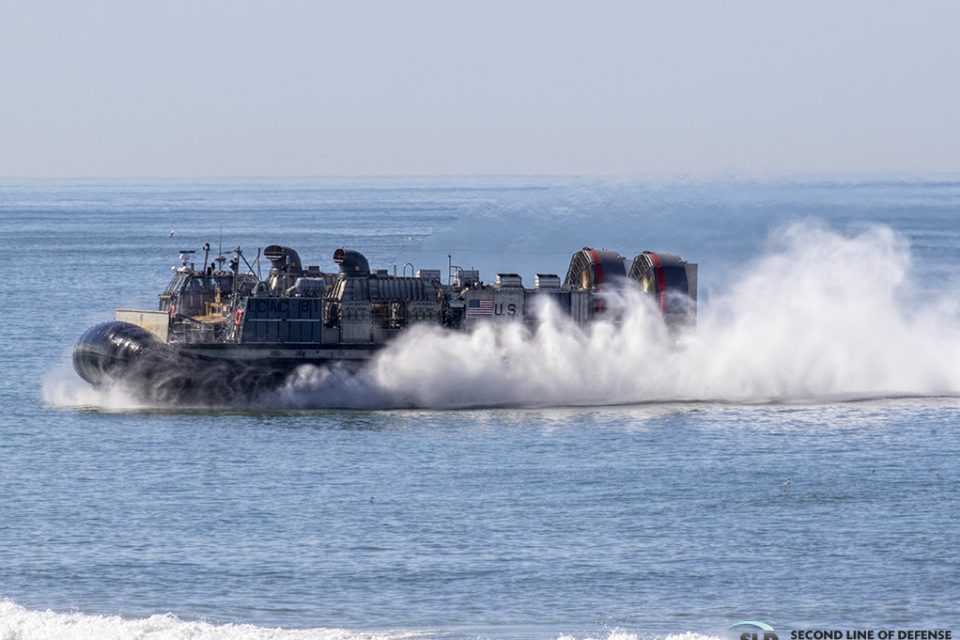
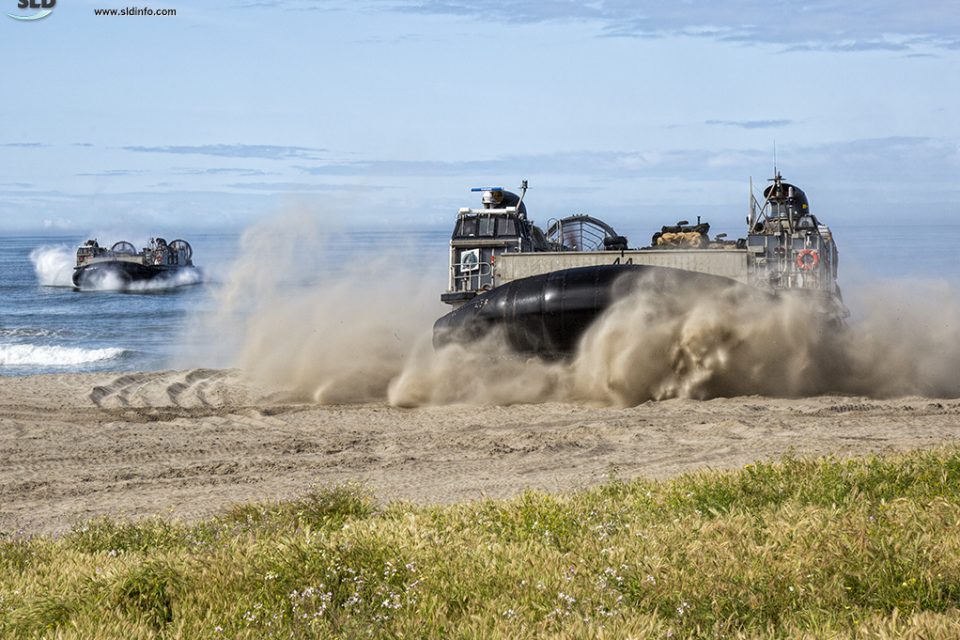
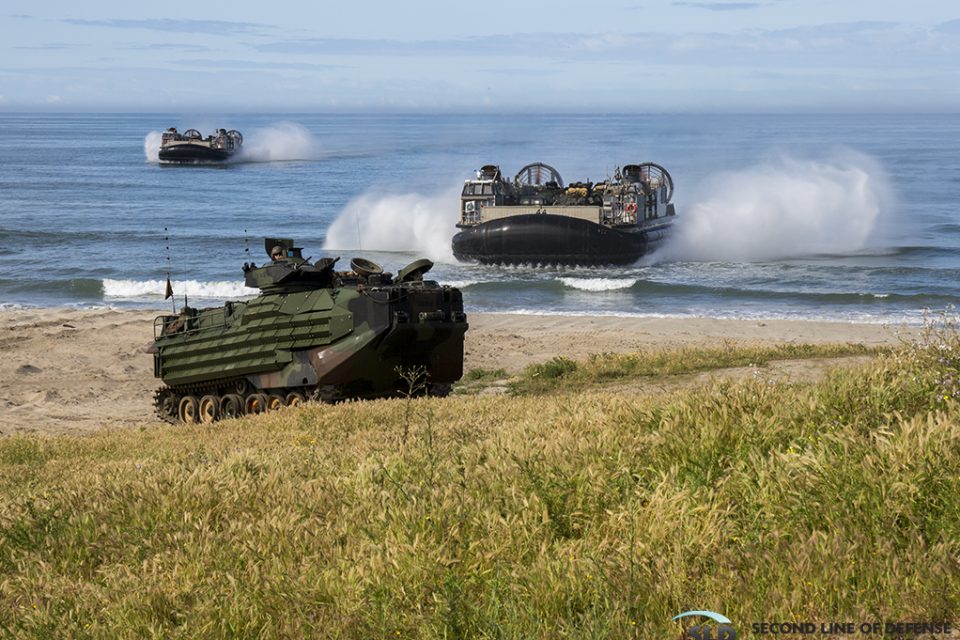
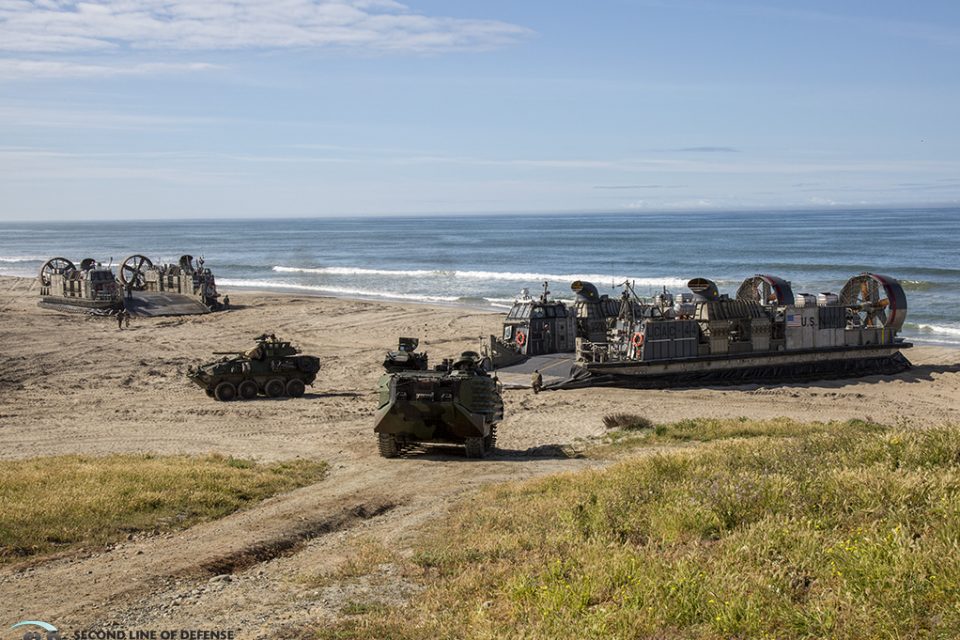
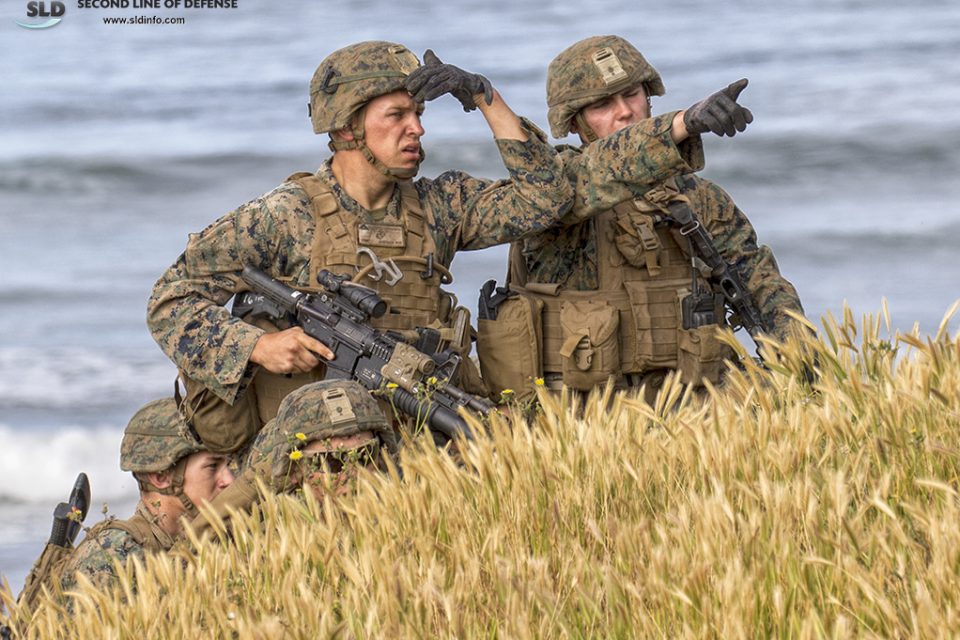
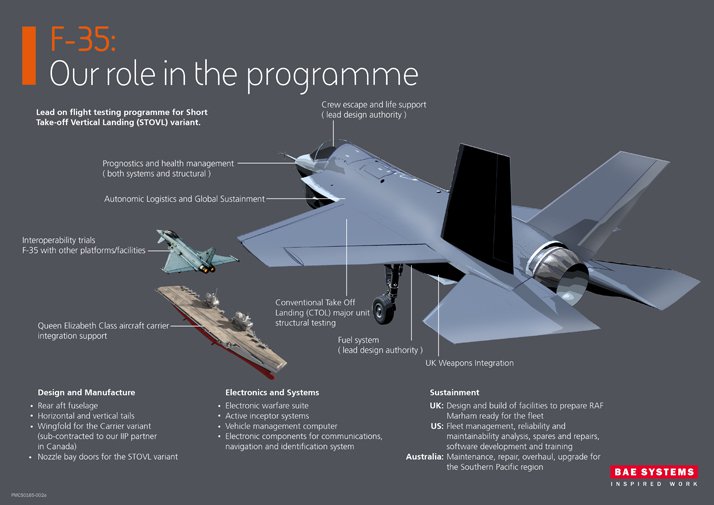
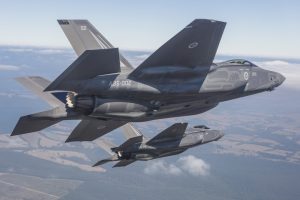 Australias first F-35A Lightning II aircraft 01 and 02 on transit to the Australian International Airshow in Avalon. The Australian Defence Force is proud to be part of the 2017 Australian International Airshow, with displays showcasing the latest military aviation assets and technology.
Australias first F-35A Lightning II aircraft 01 and 02 on transit to the Australian International Airshow in Avalon. The Australian Defence Force is proud to be part of the 2017 Australian International Airshow, with displays showcasing the latest military aviation assets and technology.
